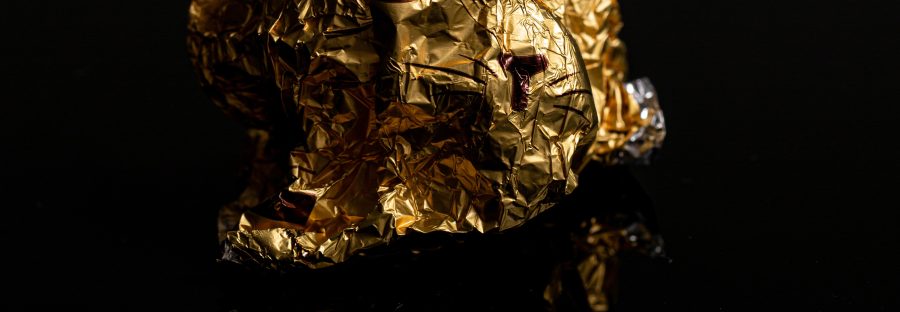Ancient Egyptians associated it with the sun and Klimt gave it a Kiss: a short history of gold
- Gold has long obsessed the ancient civilisations, including early Egyptians and Christians
- It is immortalised in art through the work of Gustav Klimt
- But what is is that gives it its special allure? NQ investigates
Gold is as alluring today as it was thousands of years ago. Nothing shines quite like it. But how has its role and appeal changed through the ages?
When the ancient Egyptians discovered gold, they drew a parallel between the substance and that which they worshipped most highly: the sun. They imagined a link between the life-giving powers of the sun and the gold they had discovered. Therefore, gold was seen as a magical material and became highly valued. The Egyptians used dwarves to mine and process gold, for they believed that diminutive humans had magic powers.
Perhaps the greatest example of the importance of gold to ancient civilisation was uncovered when Howard Carter discovered Tutankhamun’s tomb in 1922. His coffin contained more than 100 kilograms of solid gold. When we examine why the boy king had his tomb filled with gold, we can see the role the metal played in ancient Egypt. It was not a symbol of status, for why would a king need to impress the gods with worldly materials? It was to bring the deceased ruler as close as possible to the sun which his civilisation worshipped.
Like the ancient Egyptians, Christians through the ages believed that gold could bring them closer to God. Though the Bible teaches that man should not covet or seek material wealth, early Christians found many uses for gold through the ages. They made icons, works of religious art incorporating gold, the surfaces of which shone and reacted to light like no other colour. Centuries ago, Christians would live by candlelight, which would bring the surfaces of these works to life. The light dances off the gold surface, bringing Christians closer to the light of their God.
During the renaissance, gold continued to be valued highly. In 18th century Germany, Johann Freidrich Bottger locked himself away in search of the philosopher’s stone. He sought to find a way to make other metals into gold: in a word, alchemy. Ruler Frederic I of Prussia heard about Bottger’s experiments and enlisted his services, locking him away until he was able to produce gold. However, the gold-obsessed ruler was disappointed as Bottger never accomplished the feat and was released after around a decade.
The theme of rulers’ obsession with gold continued into the 19th century, when an important discovery was made in Birmingham, England. George Richards Elkington patented the process of electroplating, whereby objects could be coloured gold cheaply, using a tiny amount of the actual metal. Legend has it that when Prince Albert saw Elkington electroplate a red rose at an exposition, he became obsessed with the process and converted one of the rooms at Buckingham Palace into an electroplating chamber.
In art, the majesty of gold was celebrated well into the 20th century. The art of Viennese artist Gustav Klimt used the colour and indeed gold itself to spread a message of the transcendent power and beauty of love. The finest example of Klimt’s use of gold is The Kiss. First exhibited in 1908 in Vienna, The Kiss depicts a man whose face is not shown giving a kiss to his lover, a translucent or disappearing woman. Both are covered in various golden shades. Klimt used dozens of golden materials to create the image, including eight types of gold leaf. The picture was controversial when first exhibited and was seen as excessive, but Klimt’s aim to use gold to represent the beauty of togetherness was undoubtedly realised most fully by The Kiss.
Sadly, thanks to its amazing power, the image has become mass produced, which has diluted the awe-inspiring impact of the original.
The shift to mass production and consumerism indicated by the story of The Kiss has affected the status of gold in our society. Beauty has been overtaken by a new symbol of worthiness: money. Gold is no longer crafted into statues or sculptures, but stacked in bars in vaults, and to most of us only exists as a figure in a spreadsheet. Gold has a place in many people’s lives whereby it is almost totally removed from its natural state.
The image of a gold bar has been mass-produced and caricatured to such an extent that it exists now as a Paco Rabanne perfume bottle on our dressing tables or even a Caramac ‘gold’ biscuit bar in our kitchen cupboards. Gold is a commodity, a bargaining tool. But, mercifully, the historical evidence of the reverence held for gold through the ages is still available for us to access, in galleries, in museums, in history books and in historical monuments. Shine on.


